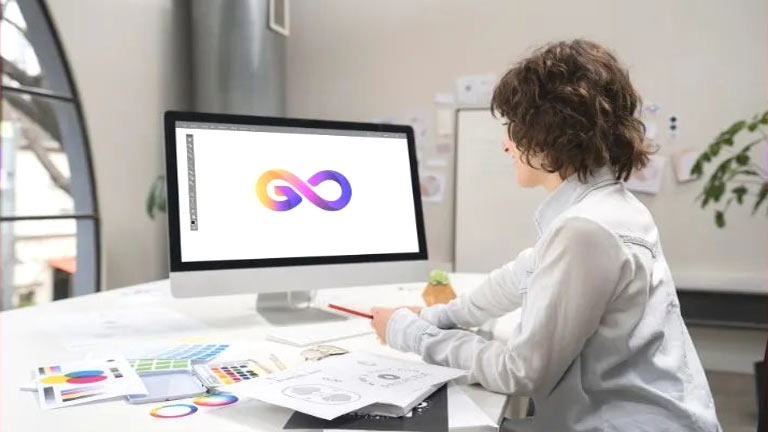 The Internet is one of the most essential inventions of the 20th century. Ever since World Wide Web (WWW) came into existence, things have changed a lot. From the way people purchase things online to the way people discover information; everything has greatly been impacted by the evolution of the internet over the years. Different websites hosted over the internet have made human lives easier and help them step into an interconnected and ever-growing digital world.
The Internet is one of the most essential inventions of the 20th century. Ever since World Wide Web (WWW) came into existence, things have changed a lot. From the way people purchase things online to the way people discover information; everything has greatly been impacted by the evolution of the internet over the years. Different websites hosted over the internet have made human lives easier and help them step into an interconnected and ever-growing digital world.
People browse hundreds of websites every day. While all people might not be aware of how websites work, the first thing every person takes note of is a website design. A website design plays an essential role in making or breaking a visitor’s first impressions towards a brand’s digital presence. Thus, it is impossible for web designers to ignore the signs. Most modern websites today are designed with 2 goals in mind: Informing the visitors and turning them into customers.
What makes a website design good?
A good website design is like a special recipe that is the outcome of creative work done by a team of web designers. People in web design companies make use of special ingredients like quality design skills and good writing practices to build brand identity and informative content for client websites. Elements like visuals, animation, media, information, and user experience assist web design companies to build great web designs. A Web design company usually specializes in offering these two services to prospective clients. These two aspects form the pillars of a great website along with an astonishing website design.
Elements of a good website design
1. Experience over Design
A good website design always emphasizes better usability over aesthetics. There’s no good purpose for a website to exist if its basic functionalities are not working as intended. A user’s ability to work on a website and succeed in their goals determines the success of that website. This is why most web designers focus on improving the usability of a website to build a quality website experience for visitors.
2. Highly Responsive
Some websites that people come across on a day-to-day basis are not compatible with the devices that they use. This is because such websites are simply just made keeping desktop computers in mind. A good website design always ensures that it is viewable from anywhere, irrespective of the device used by people. Responsive websites implement screen flexibility guidelines from standard website design guidelines to ensure that a brand’s online business doesn’t fall short of competitors. It also promotes better adaptability by showing an effective approach to meet user needs.
3. Easy Navigation
Navigating a website makes or breaks a customer’s online experiences. If people are not able to find what they looking for or get their work even after moving page by page, they will instantly move on to another website to satisfy their purpose. Good website designs make use of the “three-click” thumb rule for navigation systems; keeping the entire browsing experience meaningful, intuitive, and consistent. This means that a user will generally be able to perform most of their tasks with just 3 clicks from the home page of the website. Web designers often idealize this approach for optimal results.
4. Clear CTAs
Call to Action (CTA) are the assets that assist people to interact on websites towards their intended goals. For instance, a buy now on an eCommerce website. Stating CTAs in a clear, concise manner helps users fulfill their tasks easily and boost conversions for the client. All of this is accounted for better efficiency of implemented website design.
The website design process
A good website design is an outcome of a structured methodology followed by web designers. A web design company involved in building websites for clients often involves quality design practices and agile methodology in their holistic process. Here’s a detailed walkthrough of what happens in an ideal website design process:
1. Research and specification
One of the core practices behind building a great website design is to know what it is exactly being built for. A client’s purpose, goals, and the problems they intend to solve are some of the key aims of the research phase. It also allows web design companies to figure out potential contents and sections of the site at the time of designing the website.
2. Basic Ideation
Research helps web designers gain insight into different perspectives and develop design ideas. These ideas are developed in the form of sitemaps and wireframes. To check the usability of the website design, prototypes are further evolved from wireframes to gather an idea about how people interact with a website.
3. Designing the website
Once basic ideations are finalized, web designers move on to develop actual polished web designs. People in a web design company usually call this the UI/UX phase of designing. This is where designers implement the look and feel of a website. Designers make use of popular design tools to craft user-friendly designs that draw visitors towards their goals easily.
4. Testing the design
Once all final designs are published as part of the UI/UX designing process, they are assessed to determine their real-world performance. Being the final stage in the website design process, web designers collaborate with various potential users and conduct usability testing. Such testing allows them to adapt and overcome any usability issues. Since this process occurs before the actual development begins, it also gives an opportunity to web designers to fix any kind of design issues and save time during the later part of the website development process.
Following this methodology, along with good knowledge of visual and experience principles assists web designers in building a high-quality website design. It is also important for designers to constantly evolve over time by learning about new design trends and learning popular design tools like Figma, Adobe XD, Photoshop, Sketch, Invision studio, and many more.
Thus, it can be truly said that website design is a highly dynamic process. It not only evolves over time but ensures that clients get the best of their websites by delivering an intuitive, simple, and memorable experience for millions of users across the world.




